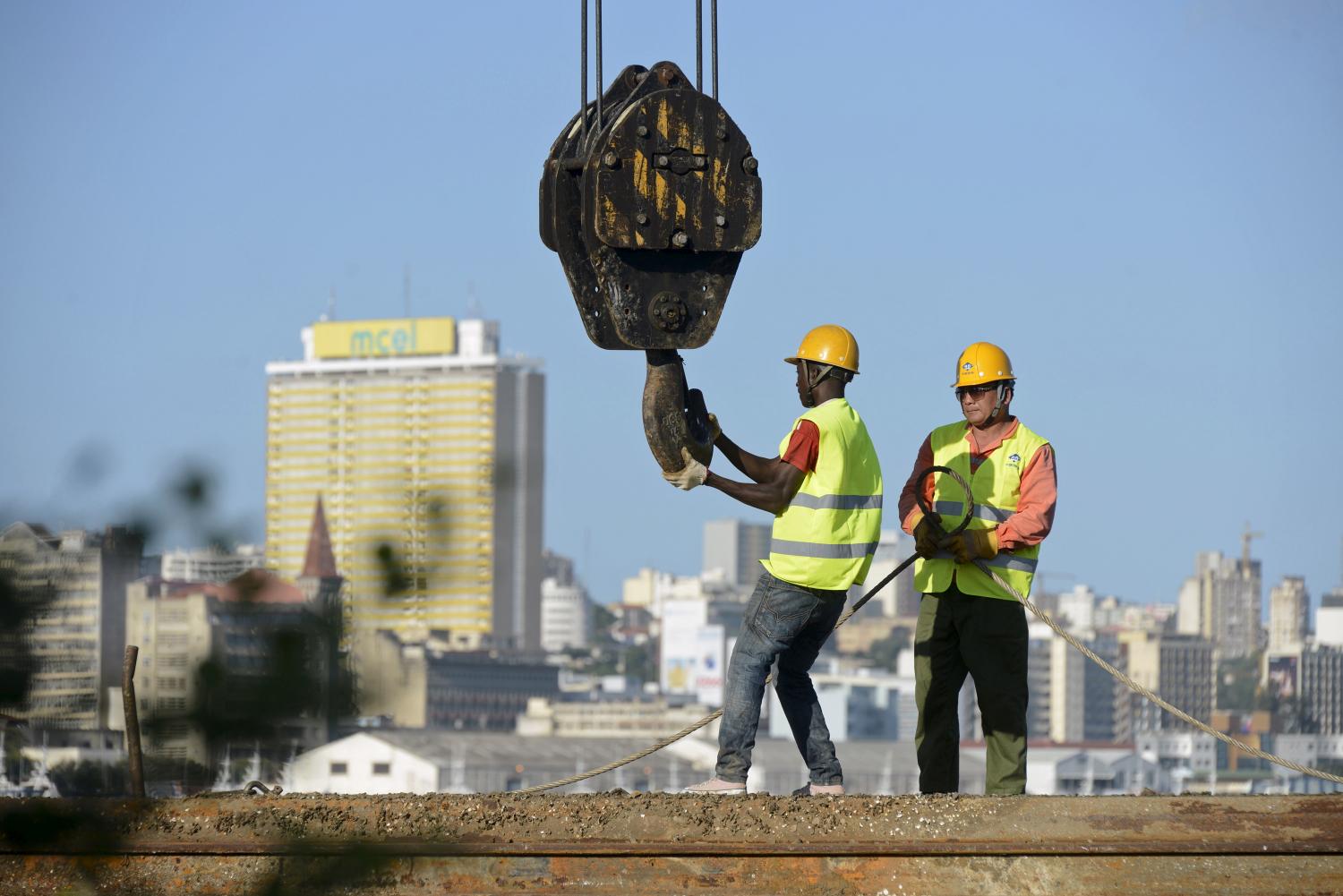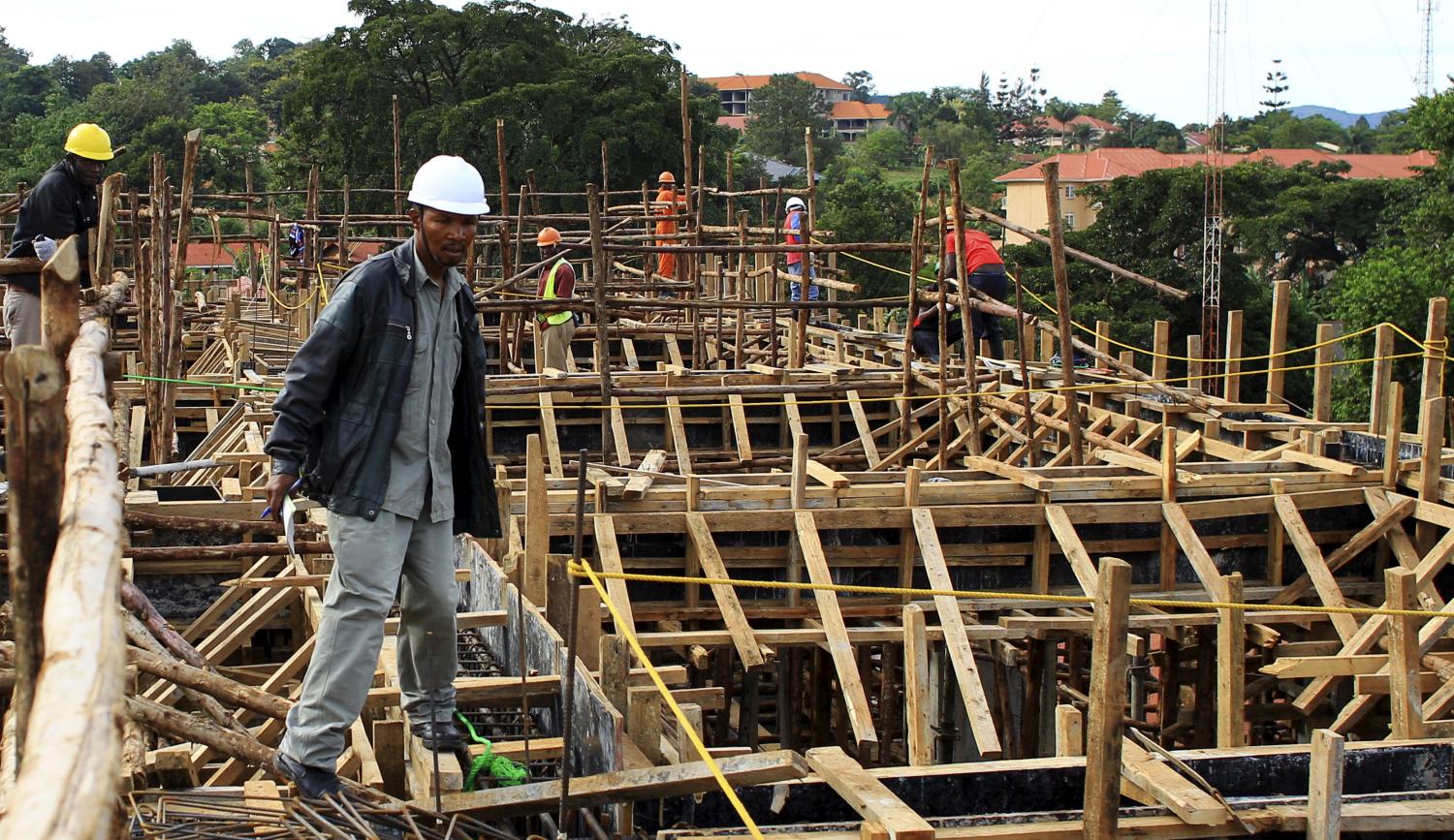Mozambique’s economy has experienced substantial change over the past twenty years. In the early 1990s, the country emerged from a devastating and prolonged conflict. Since then, aggregate economic growth has been sustained at high rates, making the country one of the top economic performers of the region. Other studies have noted that while Mozambique’s growth until the mid-2000s largely reflected a process of post-war recovery, sustained growth since then is a testament to solid macroeconomic management, pursuit of a wide range of economic governance reforms, and substantial inflows of foreign aid and political stability (Jones 2006; Arndt et al. 2007; Nucifora and da Silva 2011). This is underscored by recent access to external commercial debt markets. In 2013, Mozambique made its debut $850 million Eurobond issue with a coupon of 8.5 percent.
Below the surface of strong aggregate economic performance lies a number of ongoing concerns. Principal among these is evidence suggesting that the pace of poverty reduction may have weakened. Data collected from household budget surveys suggest that while poverty reduced significantly from 1996-2003, there is no clear evidence of significant reductions at a national level from 2003-09 (Arndt et al. 2012a). Although this partly reflects temporary shocks, it is the absence of a convincing process of structural transformation of the economy that is more worrisome from a longer-term development perspective. Indeed, the majority of Mozambique’s (growing) workforce remains reliant on low-productivity agricultural activities, and the agricultural sector has shown few signs of transformation that might provide a basis for future growth and upgrading.
Positive or growth-enhancing structural transformation is characterized by a shift of workers out of lower productivity activities and into higher productivity and less vulnerable employment. Existing experience from a range of middle and high income countries indicate that such transformation often involves comparatively rapid growth of both employment and labor productivity in modern, industrial enterprises. In so doing, modern firms operate as an engine of growth for the entire economy. However, structural transformation of this sort is also typically accompanied by productivity growth in the agricultural sector—e.g., as surplus or marginal labor is released. Concerns regarding the absence of structural transformation are not unique to Mozambique. McMillan and Rodrik (2012) use decomposition methods to argue that growthenhancing structural transformation was largely absent in Africa over the period 1990-2005. This finding is corroborated by de Vries et al. (2013), who extend the analysis to 2010.
Existing labour market decomposition analyses for sub-Saharan Africa (SSA) are useful in describing general trends both at regional and country-levels (see also African Development Bank 2013). However, in taking a cross-country perspective they typically are unable to take advantage of the latest data and neglect important details in individual countries, such as divergent sectoral changes. As a result, careful analysis of developments within individual countries over time remains vital (e.g., see Adeyinka et al. 2013) and doing so with a focus on Mozambique constitutes the objective of the present study. Specifically, this study has three main aims. These are to: (1) provide an overview of recent economic developments in Mozambique at both the macroeconomic and microeconomic levels; (2) apply labor market decomposition tools to investigate the apparent disconnect between macroeconomic trends (GDP growth) and changes in household well-being (poverty reduction); and (3) consider relevant policy priorities to support a more pro-poor pattern of future growth.
The remainder of the paper is structured as follows: Section 2 elaborates on recent economic trends in Mozambique. It provides a brief historical background and compares trends across a 2 range of macro- and microeconomic indicators. As already hinted, this analysis raises concerns regarding the structure of growth and the extent to which growth is effectively promoting the wellbeing of the poorest. Section 3 contains the analytical core of the paper. It begins by describing the data and empirical methods used to decompose changes in Mozambique’s labour market. Due to the limitations of regular official data on employment, aggregate GDP data must be combined with irregular information on employment patterns taken from household surveys. With respect to the latter, we take advantage of preliminary data from a recent household survey. Thus, the derived data encompasses the period 1996-2014, which provides an extensive view of recent labour market changes to now.
The labor market decomposition elaborated in Section 3 focuses on the distinction between within-sector productivity growth and productivity growth driven by structural change in the labor market. The results clearly show that labor reallocation effects have played a relatively small role in Mozambique’s post-conflict productivity growth. Moreover, there is little evidence that sectors with relatively faster productivity growth are adding jobs at a faster rate than other sectors. In contrast, recent aggregate growth appears to have been driven by capital-intensive growth in the mining sector and by comparatively rapid growth of employment in services but typically in activities that are lower productivity than the sector average. In Section 4, we look ahead, and first focus on a set of inevitable demographic issues. They suggest that the supply of new entrants to the labor market is of a massive scale in the coming years, which underline the need to boost the demand side of the labor market. We subsequently discuss the policy implications of the trends inherent in our labor market decomposition, taking into account as well our demographic projections. Section 5 concludes.
Note: This paper is part of the African Lions project, which is a collaboration among United Nations University-World Institute for Development Economics Research (UNU-WIDER), the University of Cape Town’s Development Policy Research Unit (DPRU), and the Brookings Africa Growth Initiative and explores the key constraints facing six African economies as they attempt to maintain long-run economic growth and development trajectory.
The Brookings Institution is committed to quality, independence, and impact.
We are supported by a diverse array of funders. In line with our values and policies, each Brookings publication represents the sole views of its author(s).




